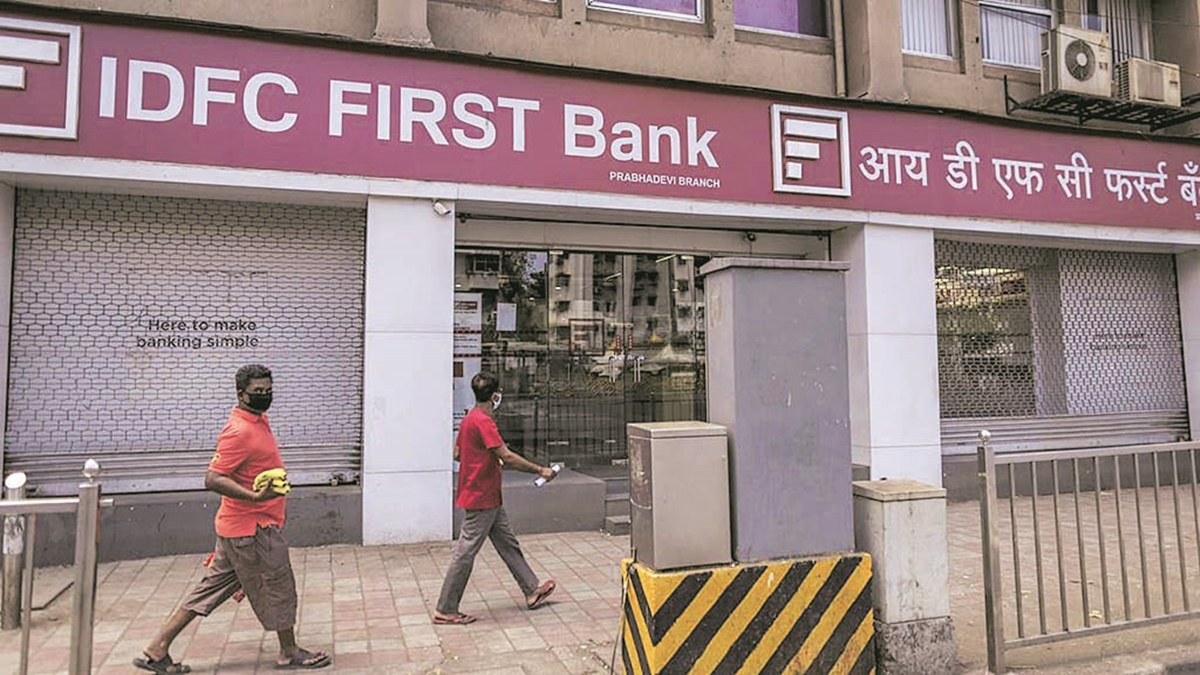IDFC First Bank (IDFCFB) is focusing on growing its loan book through retail and commercial loans, which form 77% of funded assets and saw a 31% CAGR over Dec’20-Dec’22. Since the drag from the wholesale book is moderating, we expect the bank to embark on a strong growth trajectory. We estimate a 25% CAGR in loans over FY23-25. The bank has reported 5x growth in retail deposits over the past three years and simultaneously improved the CASA mix to 50%. During 9MFY23, traction in CASA and retail deposits remained healthy despite increased competition, thus demonstrating its ability to garner deposits to fund business growth.
IDFCFB is well positioned to benefit from a gradual run-down of its high-cost legacy borrowings over FY23-26E and replacing them with deposits . This is likely to support NII growth which coupled with improving operating leverage should aid overall earnings.
Also read: Dividend-yielding stocks offer hedge vs volatility, steady income
IDFCFB is focusing on building a granular loan book by mainly growing retail assets. Over FY19-22, total funded assets saw a modest 6% CAGR, while retail and commercial loans posted a strong 31% CAGR. The mix of retail and commercial assets rose to 77% in 3QFY23 from 38% in FY19. We further note that growth has started to pick up for the past few quarters, with funded assets growing by a healthy 25%, led by robust growth of 37% in retail and commercial loans. We expect the momentum to remain intact and estimate a 25% CAGR in loans over FY23-25.
Also read: Markets surge 900 points on Fed stance, Adani deal; Most Asian markets end week on high note
IDFCFB is entering a phase of strong loan growth as the drag from the wholesale book moderates. We estimate a 25% CAGR in loans during FY23-25. The bank has scaled up retail deposits at a robust 73% CAGR over FY19-22, with a strong CASA mix at 50%. It has invested well in digital capabilities, branch and product expansion and has presence across retail products. Cost ratios are elevated but will moderate as scale benefits come into effect, while the retirement of high-cost borrowings aids NII growth.
